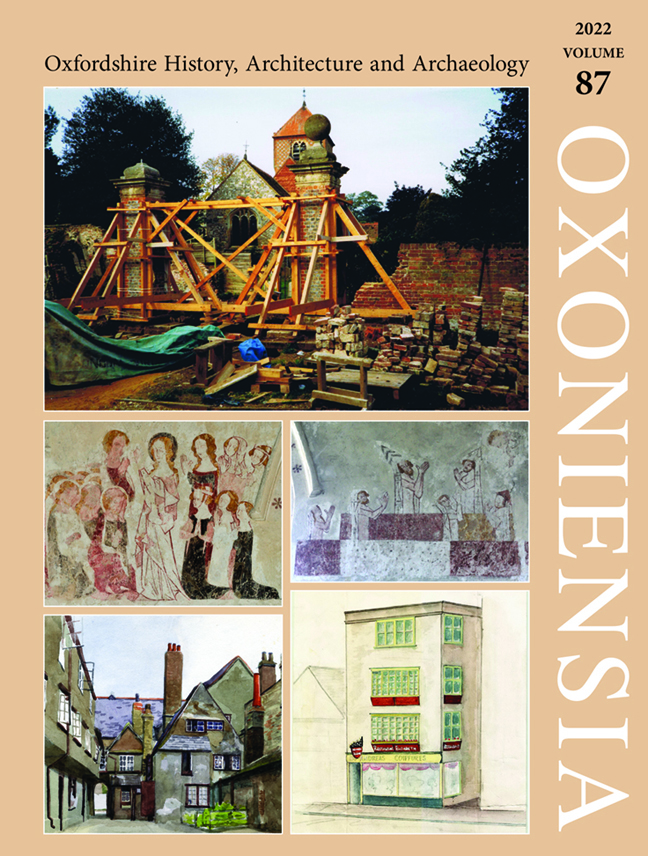Between Hill and Valley: Iron Age, Romano-British and Anglo-Saxon Settlement and Farming Activity at Crab Hill, near Wantage
Published online by Cambridge University Press: 17 February 2024
Summary
SUMMARY
Excavations to the north-east of Wantage (formerly Berks.) uncovered an Iron Age settlement that was established in the eighth or seventh century BC. Eleven roundhouses, variously defined by postholes and penannular ditches, dated to the earliest or early Iron Age. A total of fifteen roundhouses defined by penannular ditches dated to the middle Iron Age, alongside further settlement features. Activity appears to have diminished during the late Iron Age before the site was significantly reorganised early in the Roman period when two rectilinear enclosures and minor subsidiary enclosures were established. These enclosures were recut multiple times throughout the following centuries and the organisation of the site remained remarkably consistent until its abandonment at the end of the fourth century AD. Corndryers dating to the middle and late Roman periods suggest a focus on cereal processing. One early Anglo-Saxon sunken-featured building was discovered, probably dating to the sixth or seventh century AD. The site was cultivated in the later medieval period, signified by the presence of numerous furrows, and a trackway of late fifteenth- to sixteenth-century date was found to extend southwards towards Wantage.
In 2018 Oxford Archaeology (OA) undertook an archaeological excavation within an 83 ha site in advance of housing development at Crab Hill, located c.1.4 km from the historic core of Wantage at NGR SU 40510 89010 (Fig. 1). The site is located on Upper Greensand Formation at c.75–80 m above OD on the southern edge of the Vale of White Horse, c.5 km north of the escarpment of the Berkshire Downs. Following geophysical survey and evaluation trenching, two areas within the development site were found to contain significant archaeological remains that were previously seen as cropmarks (Fig. 2). Area 1 was excavated over 2.4 ha, revealing a concentration of archaeological features dating from the late Bronze Age to the later medieval period. Area 2 – where the evaluation trenching revealed Iron Age settlement features – will be subject to a future phase of development work.
The discoveries at Crab Hill complement a considerable amount of work that has been previously undertaken around Wantage and Grove, as well as numerous smaller excavations within Wantage itself. Together these discoveries are beginning to build a picture of a fairly intensively settled farming landscape during the Iron Age and Roman periods.
- Type
- Chapter
- Information
- Oxoniensia , pp. 249 - 324Publisher: Boydell & BrewerPrint publication year: 2022

